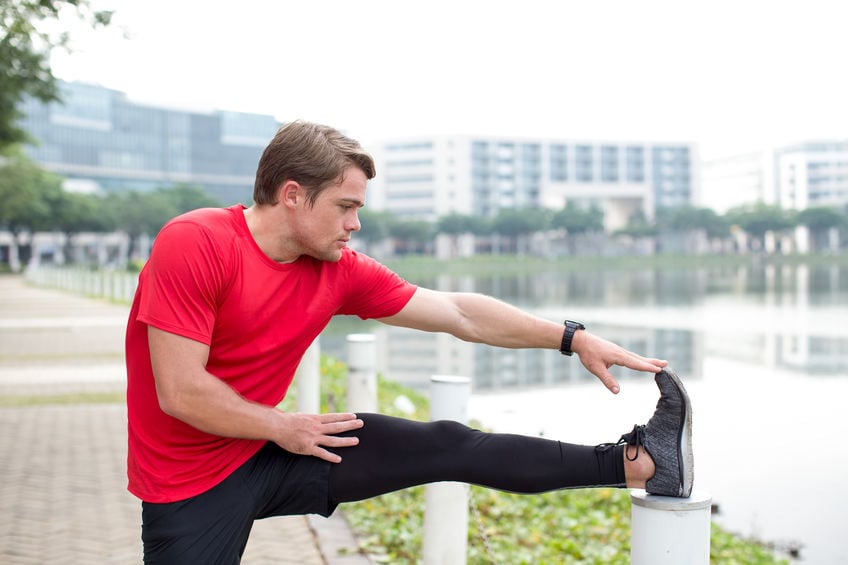Why You Need To Stop Slouching
Good posture is about more than just looking taller or more confident. Sitting or standing up straight is actually about good spine health. Slouching puts undue stress on the spine, as well as on the surrounding muscles and joints. Constant bad posture can also put strain on the internal organs, making the jobs of the lungs and intestines more difficult. Often, neck or back pain is a telltale sign of too many days spent hunching over a phone or computer. Consider these 3 tips to correct the posture and decrease pain.
1. Try a wall stretch
Many people who sit at a desk all day can easily let posture slip. Every few hours throughout the workday, stand up and try this quick stretch for a posture reset. To start, stand with the back, shoulders, and head pressed firmly against a wall. Keep a tilt in the pelvis so that the low back doesn’t arch. Extend the arms overhead with the backs of the hands against the wall. Lift as high as possible while keeping the back connected with the wall. Slowly move the arms back down and repeat 10 times.
2. Mind your work station setup
Often, bad posture comes down to a poor setup. If a chair is too tall, too short, or too unsupportive on the spine, the result can be neck and shoulder aches and pains. Ensure that a chair allows for a seated position where the knees are bent at a 90-degree angle, and the feet can firmly plant on the floor. Sit back in the chair so the spine is supported. Pay attention to head position, as well. Many people tend to let the neck and chin sit forward of the shoulders, adding up to neck pain over time.
3. Plank it out
People who are ready for more advanced tips can try incorporating planks into the weekly routine. For many people, poor posture comes down to a lack of core strength. Planks are among the best exercises for improving core strength and strengthening the muscles around the pelvis and low back. To start, kneel on all fours with the hands under the shoulders and knees under the hips. Lower the elbows to the floor and straighten the legs with the feet hip-width apart. Keep the core tight and the back straight. Try holding for 20 seconds. Over time, build up the plank duration to 60 seconds or longer.
What if I still have neck and back pain?
For many people, correcting posture and exercising correctly can relieve minor aches and pains. If symptoms are more severe or if there are underlying health conditions such as arthritis or a slipped disc, people may need to see a healthcare provider. A pain management specialist can offer tools like steroid injections to relieve pain and inflammation. For more information, speak with a healthcare provider.



